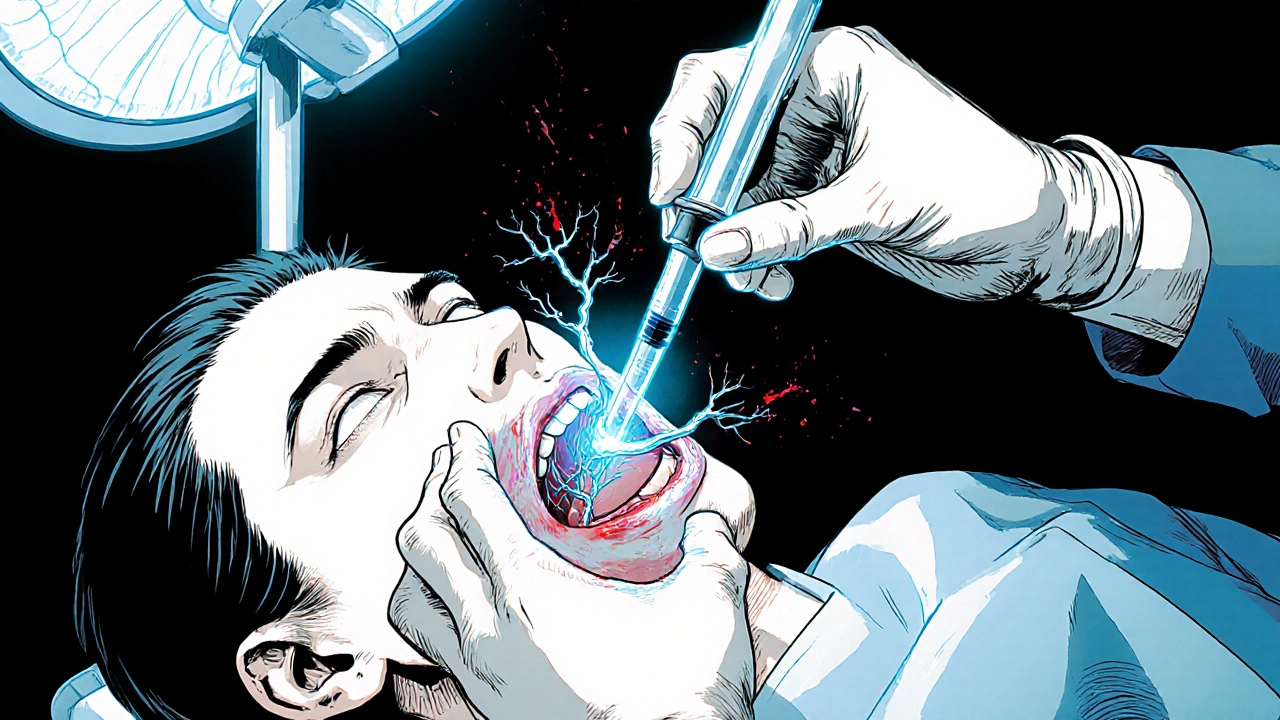Lidocaine – Overview, Forms, and Safety
When you hear lidocaine, think of a fast‑acting numbing medication that stops pain signals by blocking sodium channels in nerves. Lidocaine, a numbing agent used in medical and dental procedures. Also known as Xylocaine, it belongs to the class of local anesthetics, drugs that temporarily halt nerve conduction. This means lidocaine encompasses any method that delivers a numbing effect to a specific area, whether via injection, cream, or adhesive patch. Because it works locally, you don’t feel the sting of a needle or the burn of a skin irritation, making minor surgeries and dental work smoother.
How Lidocaine Fits with Related Numbing Options
The category of local anesthetic, which includes lidocaine, also covers drugs like bupivacaine and mepivacaine. These agents share a key attribute: they all block voltage‑gated sodium channels, which stops the nerve from sending pain messages. The value of this shared mechanism is that clinicians can pick the right drug based on how long they need the numbness and how deep the tissue is. For surface level relief, the topical anesthetic forms of lidocaine—creams, gels, or patches—are the go‑to choice. They let the medication seep through the skin, giving a quick numbing effect without a needle.
Topical lidocaine products come in several formats. The lidocaine patch (often 5% strength) sticks to the skin for up to 12 hours and is popular for post‑herpetic neuralgia or back pain. Creams and gels spread easily over small cuts, insect bites, or minor burns, acting within minutes. Injection forms, on the other hand, deliver the drug directly into deeper tissue for dental extractions or minor surgeries. Each format has its own dosage range and duration: patches stay active longer, creams act fast but wear off quicker, and injections give precise control for procedural work.
Safety is a big part of using lidocaine correctly. The most common side effects are mild—skin redness, tingling, or a brief metallic taste. Overdose can cause ringing in the ears, blurry vision, or even seizures, so it’s crucial to follow dosing instructions and avoid mixing with other sodium‑channel blockers. Combining lidocaine with epinephrine is a common practice to prolong the numbing effect, but it isn’t suitable for all body parts (like fingers or toes) because of reduced blood flow. Knowing the right amount, the right form, and any personal health concerns (like liver issues) keeps the experience safe and effective.
Below you’ll find a curated collection of articles that dig deeper into lidocaine’s various uses, compare it with other numbing agents, and offer practical tips for patients and providers. Whether you’re looking for the best patch for chronic pain, guidance on safe injection techniques, or a quick overview of side‑effect management, the following posts have you covered.

Pros and Cons of Using Local Anesthesia in Cosmetic Dentistry
Explore the real advantages and drawbacks of using local anesthesia for cosmetic dental procedures, learn about common drugs, risks, and how to choose the best pain‑control plan for your smile.




